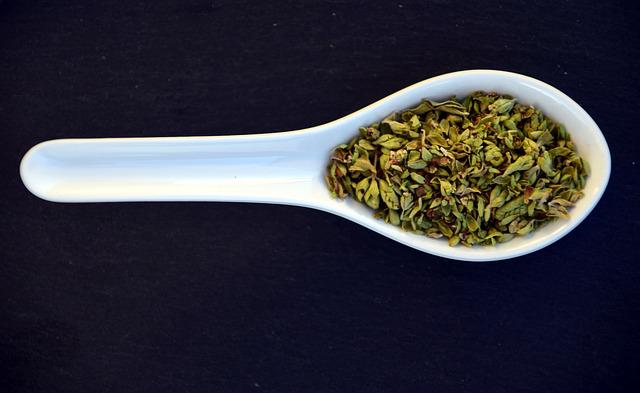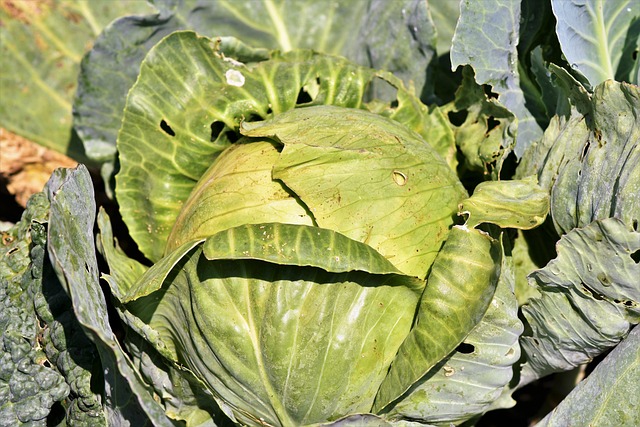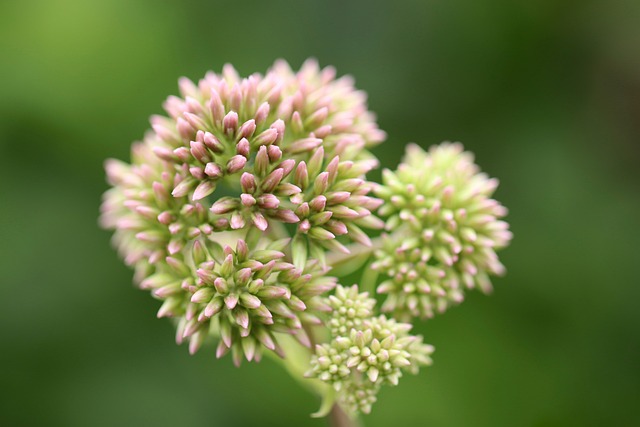Kratom is a herbal and natural dietary supplement from Southeast Asia that is gaining popularity in the United States. Its leaves contain multiple psychoactive chemicals that stimulate opioid, alpha-2, and serotonergic receptors. Kratom is used as a stimulant and in the treatment of anxiety, pain, and opioid withdrawal. In most states, kratom can be purchased legally and is sold at smoke shops, gas stations, and online. To date, only limited data is available on the impact of habitual kratom use on patients undergoing anesthesia. The following case report highlights multiple anesthetic challenges posed by a heavy kratom user.
Introduction
Kratom (Mitragyna speciosa) is a medicinal plant indigenous to Southeast Asia where it is used as a stimulant, analgesic, and in the treatment for opioid withdrawal and addiction [1-3]. Traditionally, kratom leaves were consumed either wholly or as tea, although they can be chewed, crushed, smoked, powdered, placed in capsules, or concentrated into extracts [2].
Kratom is gaining popularity in the United States, where the estimated annual prevalence of use is 0.8% [4]. It can be purchased from online retailers and is also sold in smoke shops, gas stations, and supplement stores [2]. Although it has no FDA-approved uses, it is promoted as a safe herbal supplement to treat pain, anxiety, fatigue, and opioid addiction [2]. However, its use can lead to dependency, addiction, and abuse as well as serious side effects, including respiratory depression, seizures, arrhythmias, and death [5,6]. At least 90 overdose deaths were attributed to kratom between 2016 and 2017 [6]. Nevertheless, kratom remains legal throughout much of the United States, excluding six states: Alabama, Arkansas, Indiana, Rhode Island, Vermont, and Wisconsin [7].
The pharmacology of kratom is complex. For oral ingestion, low doses (1-5 g) produce stimulant effects, while higher doses (5-15 g) induce opioid-like effects with sedation [6]. Although at least 40 alkaloids have been isolated from kratom leaves, the primary psychoactive substances in kratom are mitragynine and 7-hydroxymitragynine [5]. Analysis of kratom alkaloids suggests ingestion results in the stimulation of opioid, alpha-2, and serotonin receptors [8]. With increasing popularity in the United States, anesthesiologists must understand how kratom use affects perioperative management. To our knowledge, however, only two case reports have been published reporting perioperative management of kratom users, with both reporting unremarkable perioperative courses [9,10]. In this report, we describe the anesthetic challenges encountered while caring for a heavy kratom user.
Case Presentation
An 18-year-old, 52-kg male with a history of bilateral idiopathic condylar resorption causing retrognathia and sleep apnea presented for LeFort I osteotomy with bilateral fifth rib resection, bilateral mandibular bone grafts, and genioplasty with genioglossus advancement. He had no other medical issues and had not …….
Source: https://www.cureus.com/articles/87160-anesthetic-challenges-posed-by-heavy-kratom-users



